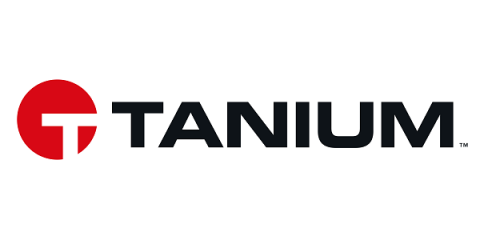Security | Threat Detection | Cyberattacks | DevSecOps | Compliance
Endpoint Security
The dark web : what threat does this pose to your company?
There is a welter of websites that are not indexed by search engines on the dark web, making it an ideal space to exchange all kinds of illegal content or products. This dark part of the web actually represents just 0.1% of the deep web. So how come something so small can be so dangerous for organizations and users?
Webinar: Insuring Your Digital Future - Understanding Cyber Insurance Requirements
5 ways to prevent phishing from ruining your summer vacation
During the summer months, when employees and customers are away on vacation, things usually slow down for businesses. But for cybercriminals, the opposite is true because they are busy taking advantage of minimal staffing levels in companies during the vacation period to launch complex attacks. The U.S. Federal Cybersecurity and Infrastructure Security Agency (CISA), warns that the risk of being hit by a cyberattacks rises over the holidays and summer vacation-themed phishing attacks gain momentum.
IDC finds nearly 90% of IT decision makers plan to move from Point Solutions to Converged Platforms by 2024
Solving False Positive EDR Alerts
Endpoint Detection and Response (EDR) alerts are what happens when an EDR system decides that event data from an agent installed on an endpoint, or several endpoints, shows a potential threat. This doesn’t mean that every EDR alert is a malicious event in progress. Many are “false positives” or malicious behaviour that is actually not a threat.
4 tips on how to prevent MFA fatigue in your company
Implementing multi-factor authentication (MFA) is undoubtedly the best way to protect your company and its data. However, when it comes to identity management, both users and administrators tend to demand a balance between efficiency, convenience, and security, all at the same time. It is a difficult challenge, but one that can be met. This is mainly because users may see MFA as a barrier that creates friction during use that can slow down productivity.
The 443 Podcast - Episode 252 - Qakbot Qacktivity
The 8 commandments to avoid BEC attacks
Business email compromise (BEC) continues to be one of the fastest growing and most risky attack vectors for companies, as it has become a multimillion-dollar business that causes almost 80 times more losses than ransomware.
Virtual Patching: the solution to Windows 10 EOL
Windows 10, which is still the most widely deployed operating system on desktops, has announced end of support for October 14, 2025. The current version, 22H2, will be the last version of Windows 10, which means that Microsoft will stop providing support and security updates for that particular version and any vulnerabilities discovered after the EOL (End of Life) date will not be fixed by Microsoft, leaving your operating system, and that of your customers, exposed to security risks.







